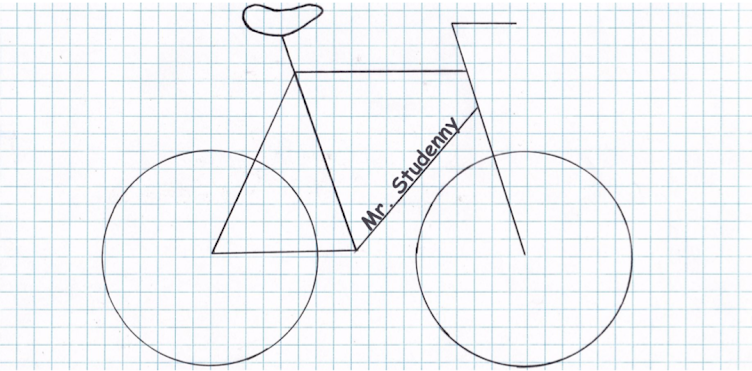My instructor brought up a great point the other evening about students struggling when asked to estimate answers to basic mathematic questions. (L. Surrturmm, personal communication, September 14, 2015) This really got me thinking and the more I thought about it the more I could relate to the issue at hand. Through this post I hope to shed some light on the reasoning and a possible strategy to correct this.
 |
| retrieved from: http://images.clipartpanda.com/estimate-clipart-math_estimate.gif |
I want you to think back to an experience I'm sure most of you all had in a math class. We've afll been given a math question asking us to first estimate the answer than compute it after to see how close we were. For example:
Question:
"If Jenny gets $.47 for every Apple that she sells how many dollars while Jenny have if she sells 30 apples per day and works 90 days in the summer?"
Answer:
Estimation:___________
Computation:_________
Show your work:
_______________________________________________________________________
Now if you were like me I'd be more concerned about making sure my estimation was as close as possible to the correct answer because I was worries that the teacher would think I didn't have a good understanding of the content if it was far off. For that reason my approach to this question would be to fill out the show your work section first, then the answer. Finally I would put a number not far off of the correct answer as my estimate.
Looking back on this and trying to understand why
I'd (I wanted to say children but that wouldn't be accurate because I'm not sure I'd be any less of a culprit to than I was back then) approached this question this way I came up with a couple reasons:
- I was caught up in the idea that I always had to have the correct answer.
- I was worried the teachers would be disappointed in me if the estimate was far off.
- I didn't understand the importance of developing strategies related to estimation.
Now that I've given this a bit more thought with an education, development lens I'd like to explain an option of how I'd have wished I'd approached this question:
First I'd highlight the important parts:
"If Jenny gets $.47 for every apple that she sells how many dollars while Jenny have if she sells 30 apples per day and works 90 days in the summer?"
Next I would round the numbers to something more manageable:
-90 days in the summer would become 100 days.
-30 apples per day could remain 30 apples/day.
-$.47 for every apple would become $.50/apple.
From here I would say 30 apples/day for 100 days is 3000 apples. Then I'd think if Jenny makes 1/2 of a dollar per apple she would have half as many dollars as she sold apples. That would be 3000/2 which is an easy 1500.
Making my estimation become; $1500 for Jenny over the summer.
________________________________________________________________________
If we look at this suggested process for estimation it resulted in an answer that was only a few hundred off and a 15.4% error - which if we consider the fact it took hardly any mental math to solve is pretty impressive.
If we take the time to encourage students to think of ways to answer simple questions, like this apple problem, through basic reasoning and utilizing estimation we will be developing their
adaptive learning skills. In my opinion this is one of the best ways to set the foundation of have students thinking outside the box and develop creative solutions to complex problems.
Our first steps to move students in this direction is slowing down our lessons and providing basic techniques creating manageable problems. We want to give the students the opportunity to make educated guesses. Once students start developing some skills and strategies for estimation then introduce more complex, challenging problems.
________________________________________________________________________
Feel free to comment and let me know you opinions on estimation.
- Did you have any experiences similar to the one I outlined?
- Did you have an experience very different from this one?




